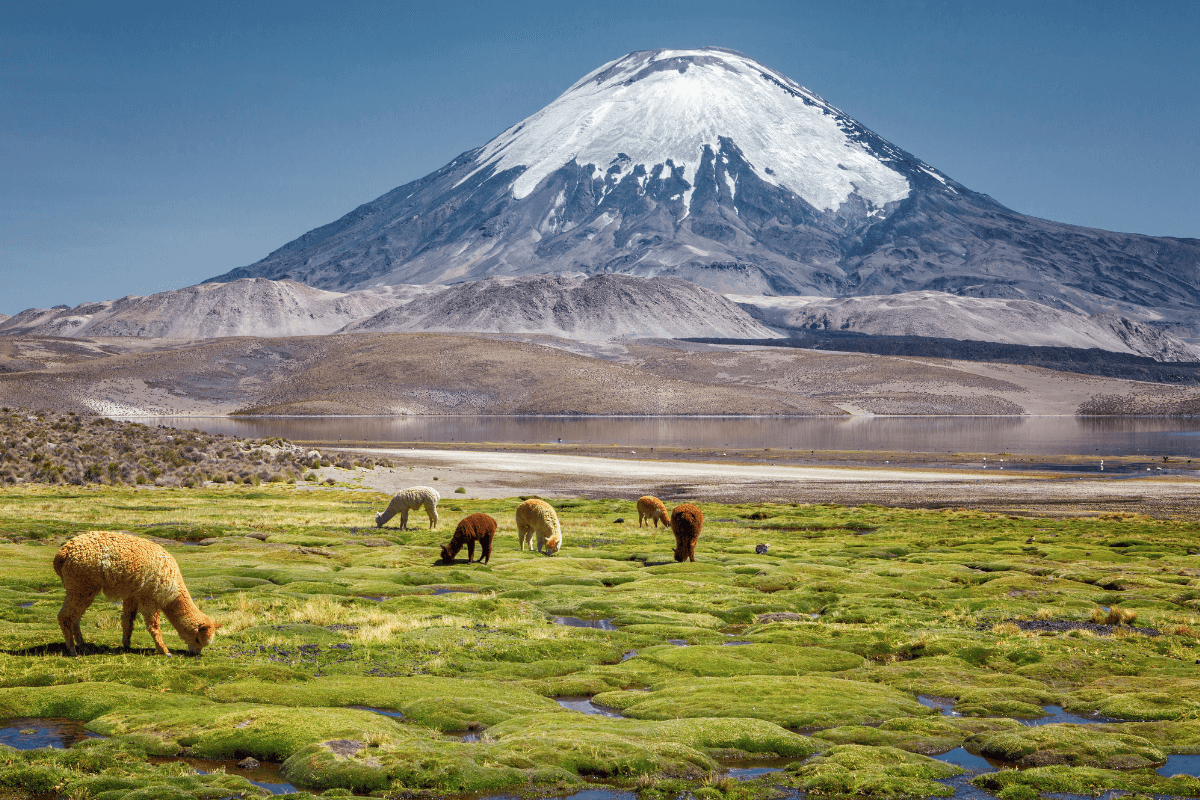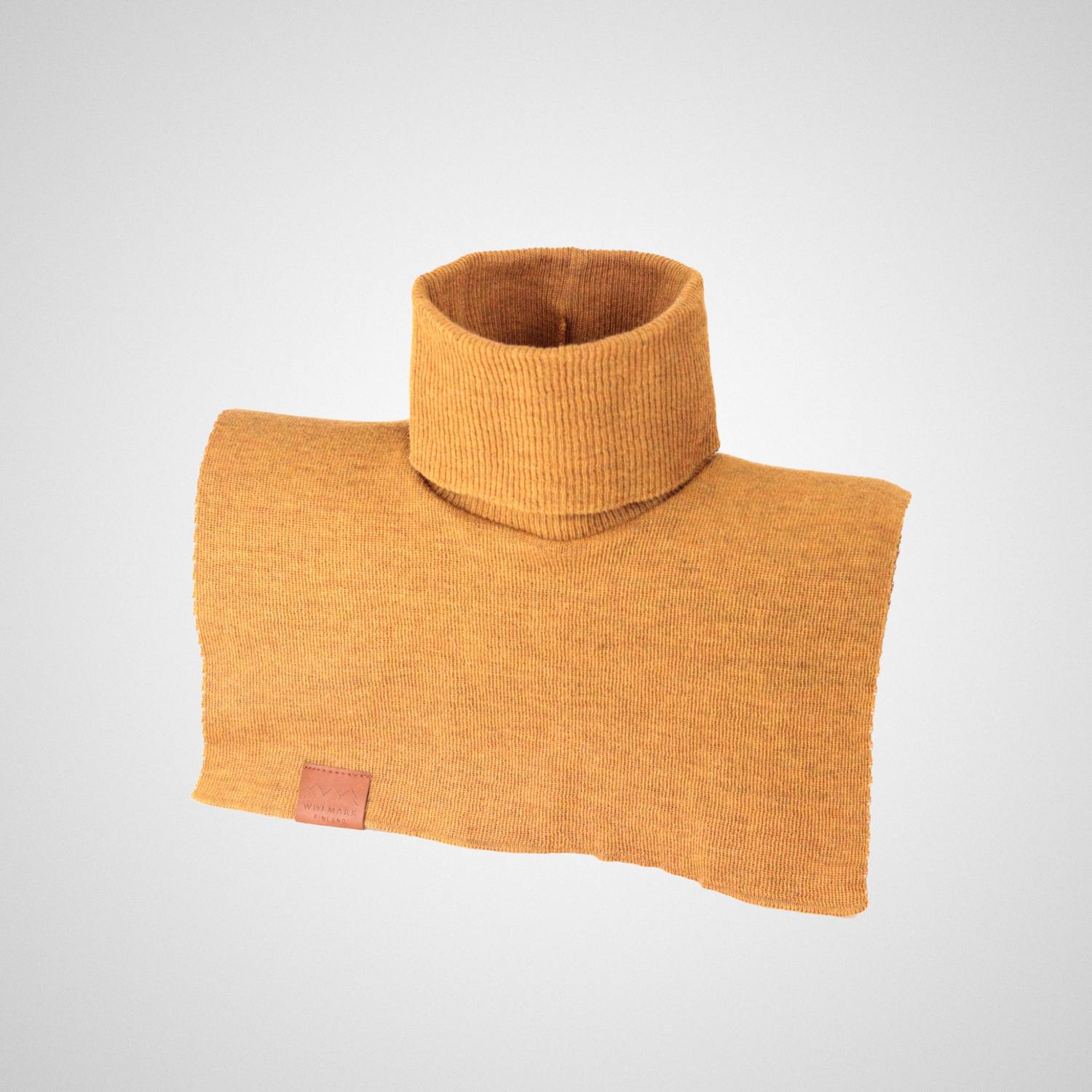
ALPAKAN WOOL, SUPERFIBER
5 REASONS WHY ALPACA WOOL IS AN UNCOMPARABLE SUPERFIBER OF NATURE!
Alpaca wool has several properties that make it an exceptional fiber. Here, in our opinion, are the 5 most significant features that make alpaca superior even to merino, the favorite wool of outdoor enthusiasts.

1. INTERNAL FIBER STRUCTURE OF ALPACA WOOL
The first and most significant difference is created by the hollow structure of the alpaca fiber. This structure is characteristic of wools, but alpaca wool has been researched to contain more and larger air pockets even compared to merino.
This makes alpaca wool a very effective heat insulator and light in structure. The more air pockets, the better the thermal insulation, even if the material is completely wet.

2. EXTERNAL FIBER STRUCTURE OF ALPACA WOOL
Another significant difference is the smoothness of the fiber surface. Alpaca has a significantly smoother fiber structure than other wools. This helps with skin feel, but more importantly with moisture transfer from the skin and with the air pockets makes alpaca very effective in moisture management.

3. NO WOOL ALLERGY
Unlike sheep's wool, Alpaca wool does not contain lanolin, i.e. wool fat. Lanolin is an allergen that causes wool allergy. Alpaca wool is hypoallergenic and is not known to contain allergens.

4. NO CHEMICAL OR TECHNICAL TREATMENT OF THE FIBER
The smooth fiber structure of alpaca wool allows it to be used without chemical or technical treatments, which almost all sheep's wool products go through.
The purpose of these smoothing processes is to smooth out the surface structure of the fiber so that the material becomes soft to the touch. At the same time, the properties of wool, e.g. moisture transfer and breathability decrease.

5. A CONSERVATOR IN THEIR BIRTH
The alpaca is naturally environmentally conscious, and in Peru, an animal that grazes semi-wild is part of the natural ecosystem of its environment. When eating, the alpaca leaves its roots in the ground, so that the soil and the lunch are renewed faster. The animal's soft paws also contribute to the greenery of the plains.
However, the most significant environmental act is the alpaca's moderate eating habits. The alpaca eats significantly less
than other ruminants and therefore causes a smaller carbon footprint in the form of methane emissions.




